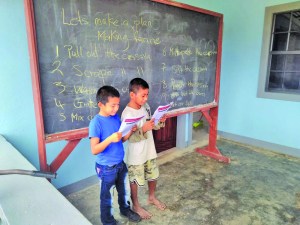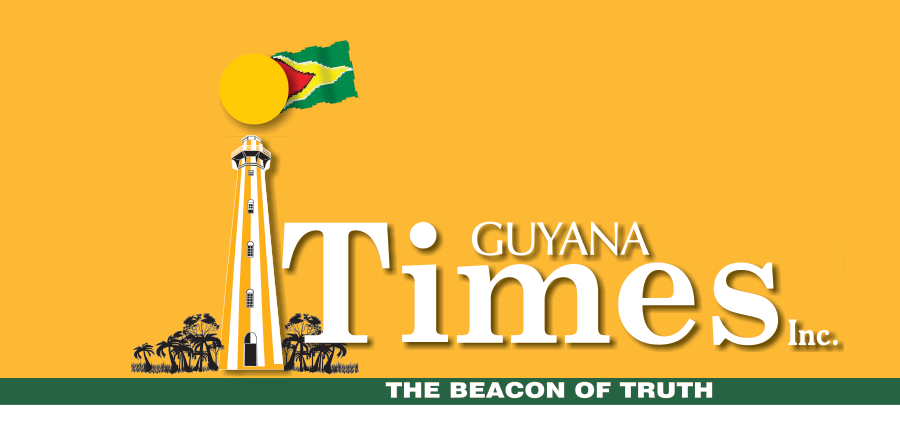…aims to inculcate environmental education into national curriculum
After school is over in several South Rupununi villages, the children await the start of exciting lessons, which centre on their culture and how to preserve the environment where they live.
In fact, since 2018, the curriculum has been crafted to cater for over 700 students in 14 communities in the Rupununi. The project is being undertaken by the South Rupununi Conservation Society (SRCS), and this non-governmental organisation plans to expand these lessons to more communities within the region over the coming years. It also plans to assist groups in other regions to design and implement their own curriculum based on their local wildlife, environment, and culture.
According to the SRCS, the aim of the project is to create a national environmental education curriculum to be developed and implemented as part of the national school curriculum. Neal Millar, Programme Coordinator of the SRCS, told Guyana Times about the importance of the project.
“The ultimate aim of the Citizen Science Curriculum is to show children that, despite their age, they are never too young to make a difference. They are the future leaders of their community, so it is important that we give them agency from a young age,” he said.
Background of the project
When the SRCS was formed in 2002, its founders, a group of friends living in the South Central Rupununi, wanted to create a local society that could implement community-based conservation projects, environmental education programmes, and research projects. They had noticed a decline in wildlife populations, increased environmental degradation, and an erosion of local culture.

In 2018, with support from the Sustainable Wildlife Management – Programme Guyana, the SRCS was able to design a 2-year environmental education curriculum. The curriculum targets children between the ages of 8 and 18, the body has said, and it is intended to increase the children’s knowledge about their local wildlife and environment, inform them about the environmental threats facing the Rupununi, and empower them to make positive changes to their community.
According to the SRCS, in the first year of the curriculum, students are taught about their local wildlife, environment and culture. This is done through weekly lessons which are taught by a local facilitator from their community, one who has been trained by SRCS. The students have a workbook that they use in each lesson, but the lessons are aimed to be as interactive as possible, and all of the lessons involve the children participating in practical activities: such as bird watching, learning how to set a camera trap, field trips, scavenger hunts, games, and lots more. The curriculum follows the national school curriculum, the SRCS has said, occurs over the 3 school terms, and teachers conduct the lessons after school hours.

Within the first year, students are able to learn about the different animals that can be found in the Rupununi, the threats that local habitats face, and how Wapichan and Makushi culture has helped to preserve the environment in a sustainable manner.
In the second year of the curriculum, the students focus on becoming “citizen scientists”. In the first term, students learn about what citizen science is, what a citizen scientist does, and who can be a citizen scientist.
Solutions to community issues
In the second term, students choose an environmental issue in their community, design research questions, collect data on the issue, and then analyse that data. Examples of issues that were selected by the students include overfishing, overhunting, savannah burning, littering, and deforestation.
The SRCS has said that, based on the results that students found from term 2, the students then implemented solutions to the issues in their communities. These implemented solutions so far include planting trees, installing garbage bins, erecting signs, designing posters, and creating radio campaigns.
In the community of Karaudarnau, the students asked their Village Council to designate an area of environmental importance in the middle of the village as a “Nature Park”, to protect it from livestock, human erosion, and littering.
Alyssa Melville, Environmental Education Coordinator of the SRCS, noted that the project is teaching students about wildlife within their communities, rather than what occurs in other countries.
“A lot of time in school, children are learning about foreign wildlife like elephants and giraffes. But they are not learning about their local wildlife, such as ocelots, margays and tayras,” she said. “To conserve their wildlife, children need to know what exists, which is why this curriculum is so important,” she added.
Discover more from Guyana Times
Subscribe to get the latest posts sent to your email.











